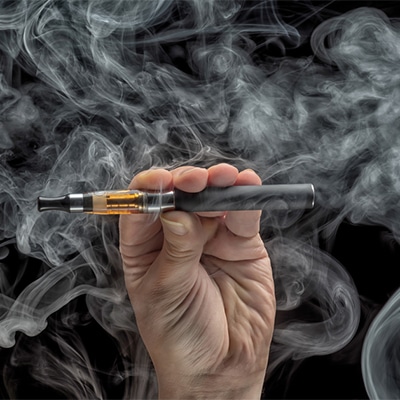Filter Posts:

Upcoming Changes to the National Minimum Wage and National Living Wage rates from 1 April 2022
March 2, 2022
Nikita Passi, Solicitor at Napthens outlines the new rates and what businesses need to do now before 1 April 2022. The Government has announced the new National Minimum Wage (“NMW”)…
Read more

Government Announces The Employment Tribunal Refund Scheme
November 23, 2017
Who Does This Affect? Following the recent decision by the Supreme Court in July 2017, whereby tribunal fees were held to be unlawful, the Government has subsequently announced that the…
Read more

Parliament Proposes New Statutory Leave for Grieving Parents
October 19, 2017
This week The Parental Bereavement (Pay and Leave) Bill has been introduced to Parliament which, if passed, will entitle parents who suffer the loss of a child to a…
Read more

Data Protection Act 1998 – Employees and Removal of Personal Data
October 12, 2017
As an organisation, you will generally be satisfied that you understand your obligations under the Data Protection Act 1998 (“DPA”), particularly given that most QCS clients will be handling what…
Read more

EU General Data Protection Regulation (GDPR) – An Introduction
September 28, 2017
As all the marketing emails, you have been receiving indicate, you need to prepare for the EU General Data Protection Regulation. The “GDPR” will be in force from 25 May…
Read more

Deprivation of Liberty Legislation in Scotland
August 7, 2016
The Scottish Government has released a report on consultation responses to proposed changes in Incapacity Legislation. The Scottish Law Commission is considering a Bill which would bring changes to the…
Read more

E-cigarettes and the Workplace
June 24, 2016
Use of E-cigarettes or ‘Vaping’ is becoming commonplace in Britain. Surprisingly, the use of e-cigarettes in a public space is not caught by the ban on smoking on the basis…
Read more

Can a dress code policy which restricts the wearing of religious dress be discriminatory?
June 11, 2016
An employer’s neutral dress code policy prohibiting the wearing of any visible symbol of political, philosophical or religious belief has been held, in the recent ECJ judgment in Achbita and…
Read more






